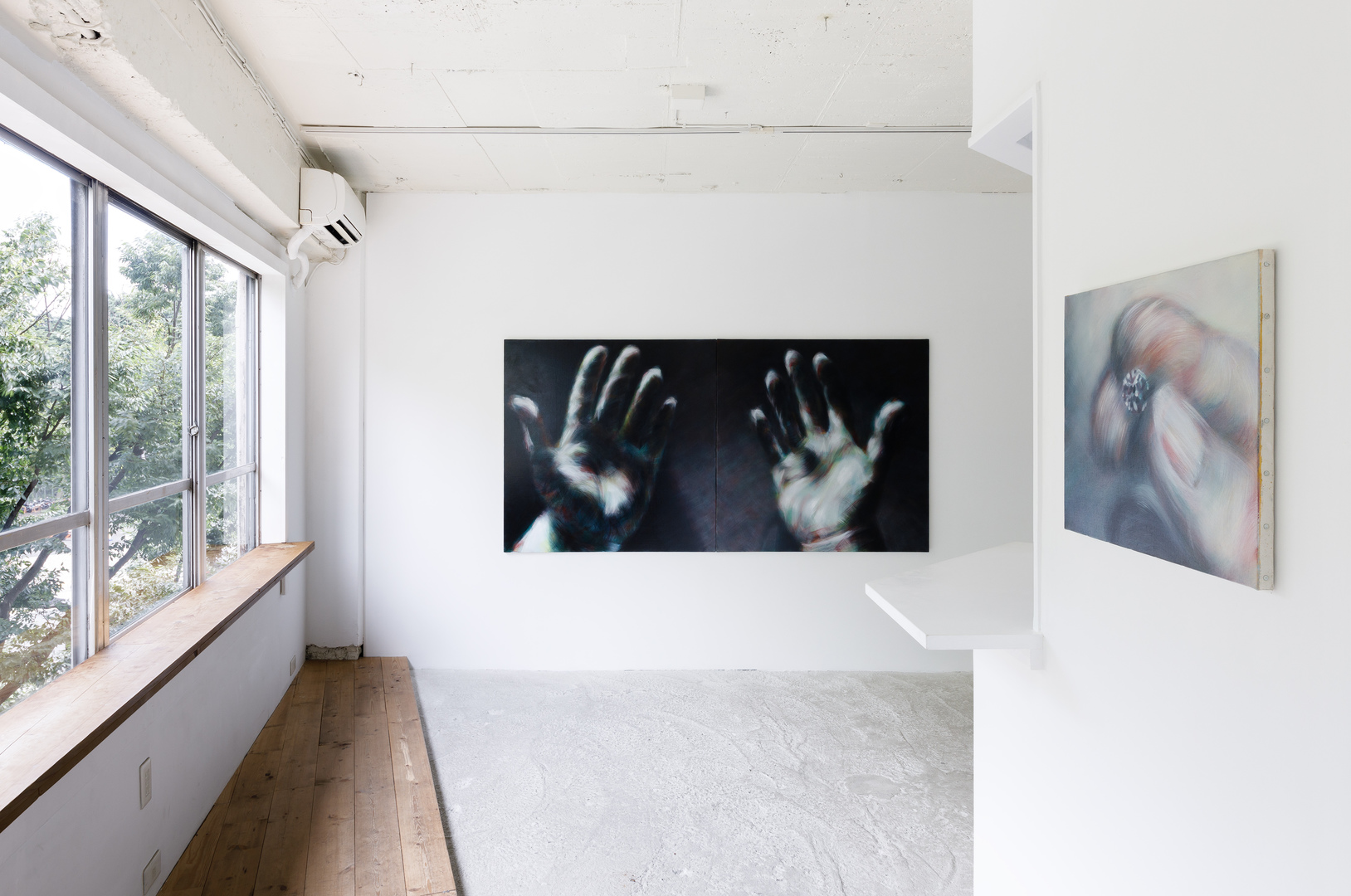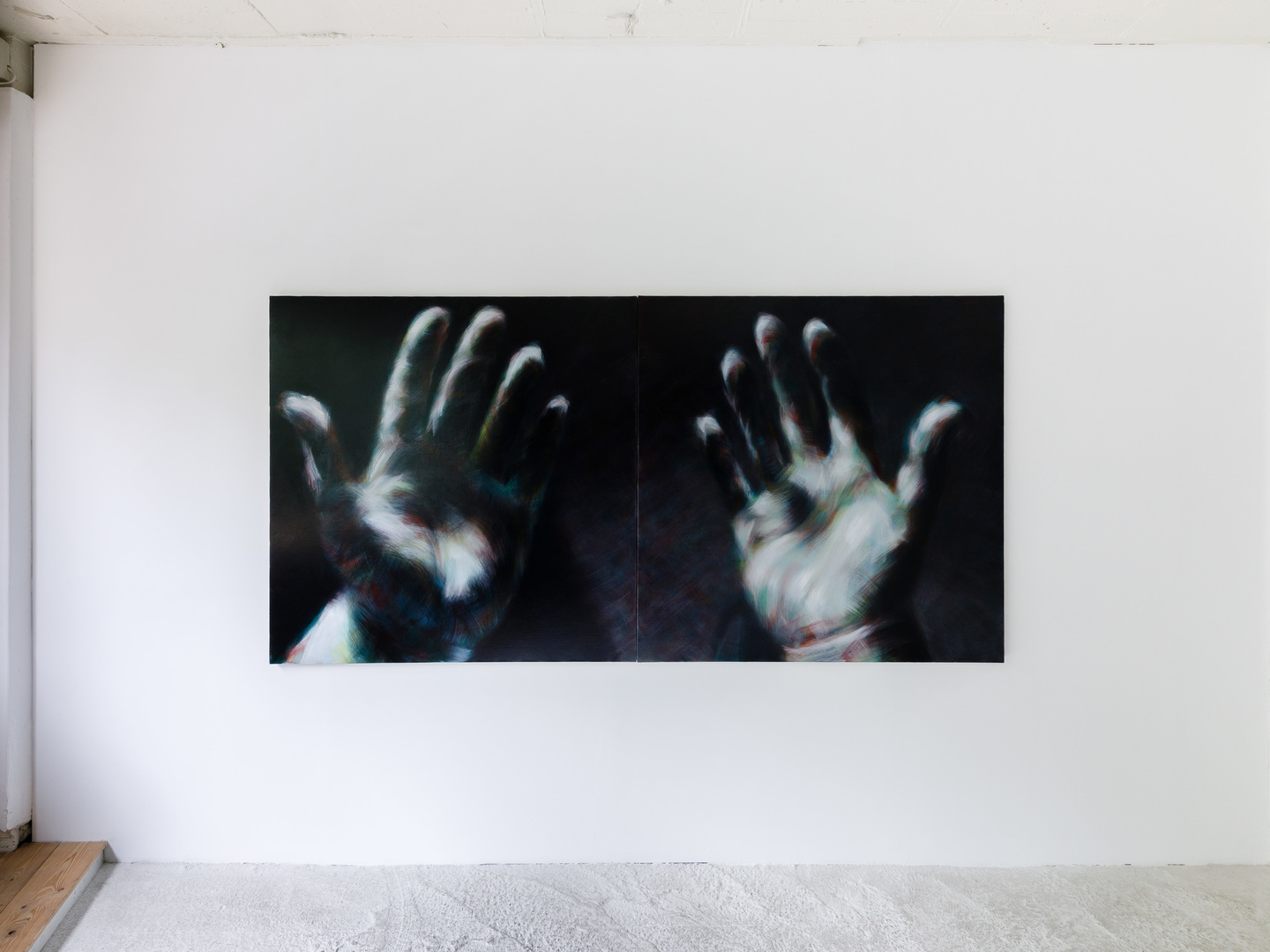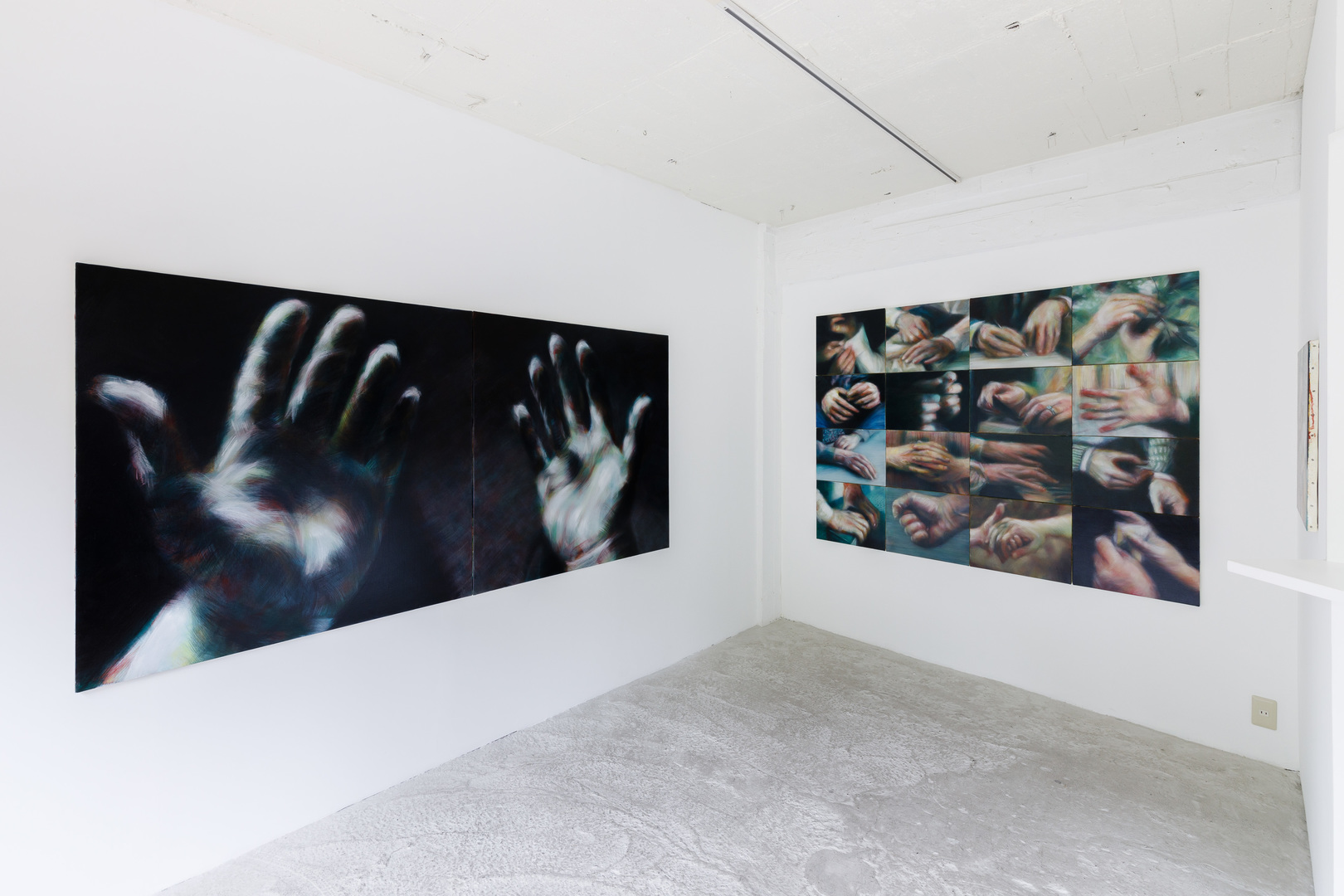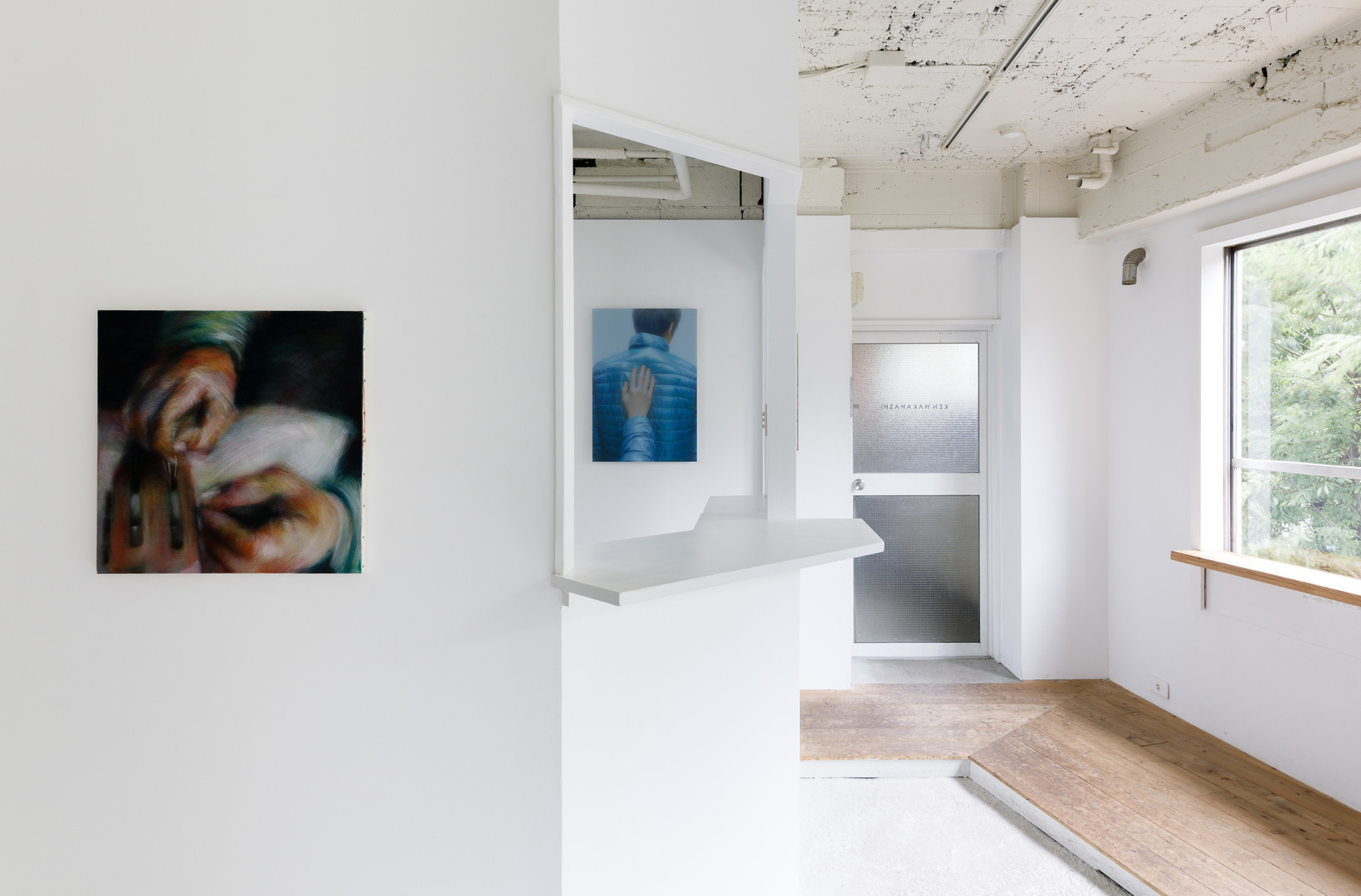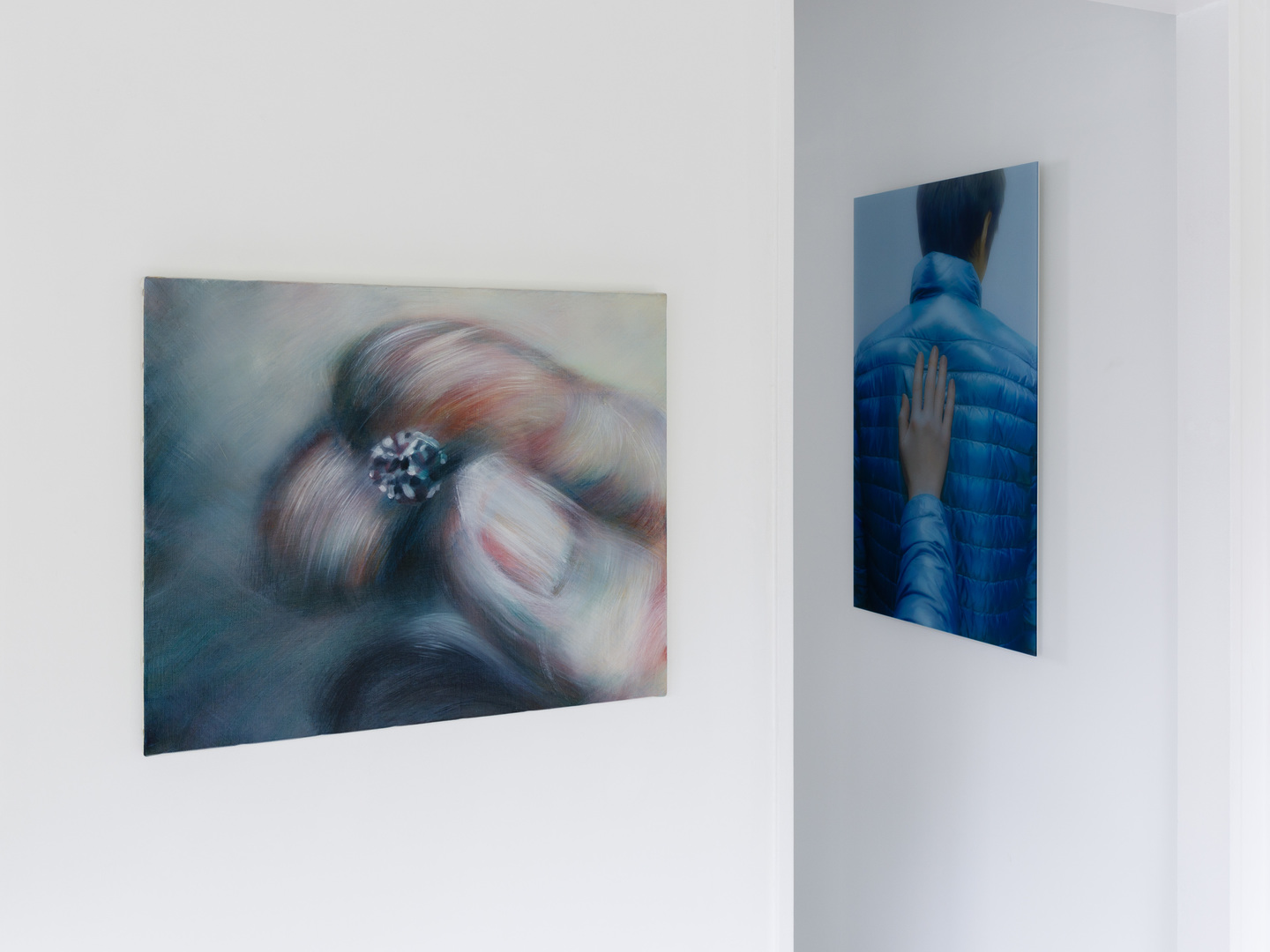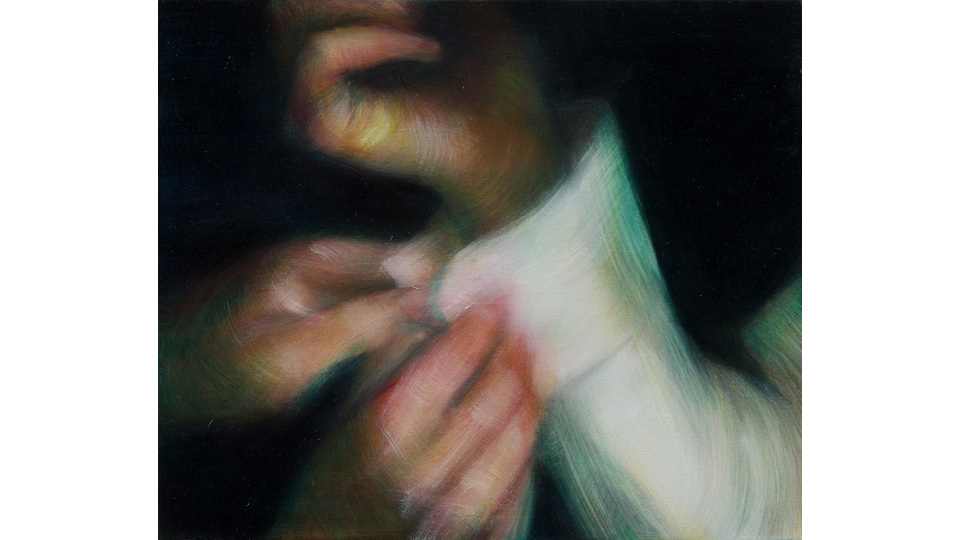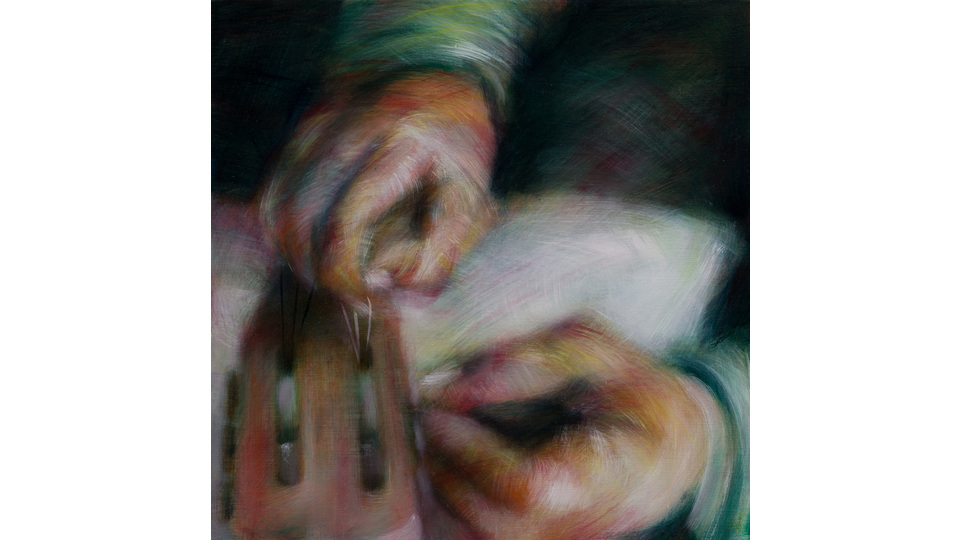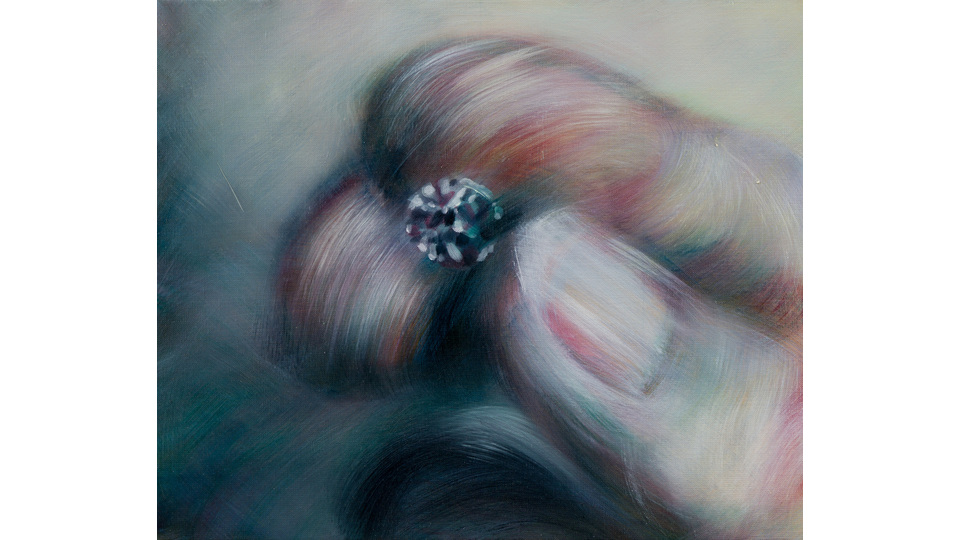Exhibitions
Hands
Yasushi Ebihara
2023-06-06 until 2023-07-15
KEN NAKAHASHI is pleased to announce Yasushi Ebihara’s solo exhibition, Hands, from June 6 (Tuesday) through July 15 (Saturday), 2023.
Yasushi Ebihara grabs at the baton to further encompass a vanishing existence through painting.
His works evoke the flow of time—life—until they summon the tranquility that floats between each moment.
Up until 1995, Yasushi Ebihara attended the Art Institute of Kashiwa, an art preparatory school, where he encountered the teacher Masaharu Sato.
The two forged a long-term friendship.
Ebihara was inspired by Sato, who depicted hands, including an animation called Hands (2017), and continued to produce works with his own hands until the end of his life.
After Sato’s death, miscellaneous scenes of hands took form within Ebihara, seeding his new series, Hands.
Phantom 1, Phantom 2 (2023) are large paintings on canvas that portray the artist’s hand as he paints and engages with the world, daily.
This show displays 20 works focused on distinctive hands that emerge within emotions, memories and human interactions at different times and locations.
In addition to Ebihara’s Hands, this display incorporates Supporter (2015), Sato’s two-dimensional work as an indication of his influence on Ebihara.
Yasushi Ebihara
1976 Born in Ibaraki
1999 B.F.A., Oil Painting, Tokyo National University of the Arts
Obsessed with painting since childhood, Yasushi Ebihara’s ongoing endeavor approaches the attempt to seize the memory of existence which fades into oblivion with time.
Significant examples include the Noise series themed on movies, and the Macaulay Culkin series, which portrays the symbolic presence of the child actor who rose into prominence in the 1990s.
[Solo Exhibitions]
- 2023 Here and There, Wada Fine Arts, Tokyo
- 2022 Colors, Wada Fine Arts, Tokyo
- 2021 Garden ― to fill in the spaces, KEN NAKAHASHI, Tokyo
- 2015 if…, matchbaco (latter KEN NAKAHASHI), Tokyo
- 2010 NOISE, Y++, Gallery Triwizard, Beijing
[Overview]
- Title: Hands
- Dates: June 6th (Tuesday) - July 15th (Saturday), 2023
- Artist: Yasushi Ebihara
- Special support: imura art gallery, Mihoko Ogaki
- Hours: 11 am - 6 pm
- Closed: Sundays & Mondays
On the occasion of this exhibition, we will publish a text by psychiatrist Daiju Abe.
Ebihara’s studio
Is smaller than a small gymnasium
But bigger than a big meeting room.
A prefabricated building. Once you enter,
You find a wide table occupied by numerous brushes,
Paints and miscellany (like tin boxes).
He sits on the edge of the table
yet within clear sight of the painting in progress which is propped against the wall.
There is a clothesline pole in the corner.
I thought perhaps it’s used to hang and dry things, like oil paintings, using the hooks…
I asked him, but that wasn’t the case (of course).
The pole is diagonally propped so as to rest his hand while holding the brush.
This way he avoids touching the still wet parts of the canvas.
The wall without canvases
Is jam packed with a sofa and other stuff (including a broken guitar).
Underneath lies Masaharu Sato’s wax figure, facing upwards and sleeping.
There are some materials or rather,
Old art books that may have been read only once long time ago
And seem ready to be read again anytime
As well as collections of film materials and screenplays
Placed next to the computer that is for his morning routine.
They look about to collapse any moment
But they remain the same every time I visit the studio.
In contrast, the painting on the wall is different each time.
There is no scent of cigarettes or paint oils.
If any, it would be the scent of dry air passing through the bamboo grove to the north east of the studio
And the large clump of withered grass in front of it.
The dry air permeates the prefabricated building.
Between the bamboo grove and the main house,
There is a watermelon field. When you turn around,
You see neatly trimmed trees with dome-shaped crowns in the yard.
Forming a line towards the gate.
The sky in the background is clear, but it doesn't betray a sense of the unusual.
Undoubtedly, the studio is the result of his intervention
while the outdoor scenery appears untouched.
I believe there is also a contrast between the two.
Daijyu Abe, M.D.
Tracing, an act to take in within oneself an object.
Masaharu Sato consistently employed rotoscoping with digital pen-tools to trace the landscape within the photographs and videos that he made.
In 2010, after his study and practice in Germany, Sato returned to Japan and re-settled in Ibaraki.
Soon after, he was diagnosed with maxillary cancer. While fighting this disease, Sato continued to publish works until he died at age 45 in 2019.
Hands (2017) is an animation work created during that period, encompassing 33 scenes of one’s involvement with the world using one’s hands: stroking a cat, flipping a page, washing dentures…
Sato was confirming his own life.
His works emanate charm as he was trying to find hope and happiness from his surroundings even as he was on the brink of death.
Sato also produced two-dimensional photo-digital-paintings characterized by their meticulousness of the surface in live-action while keeping the object at a distance.
This exhibition includes Supporter (2015) with special support from imura art gallery and Mihoko Ogaki.
Text by Mika Kobayashi, a researcher of Photo/Gender Representation Studies.
